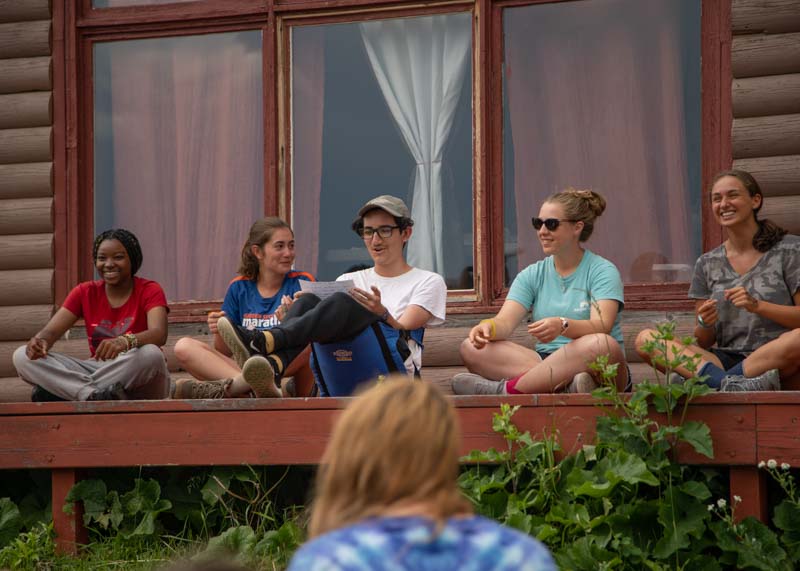Where We Live
A Look at Home away from Home for VISIONS Teen Volunteers
We get asked this question a lot: What are the living conditions like on a VISIONS teen service program?
It varies from program to program, but there are some common threads among all of the places we live. Careful consideration is put into every aspect of our program locations, and choosing our living quarters is a part of that process.
While community service is at the root of each program, it’s in equal measure with cultural immersion that transcends the experience of a tourist. We are part of the heart of each community, many of which we have lived in for more than 30 years.
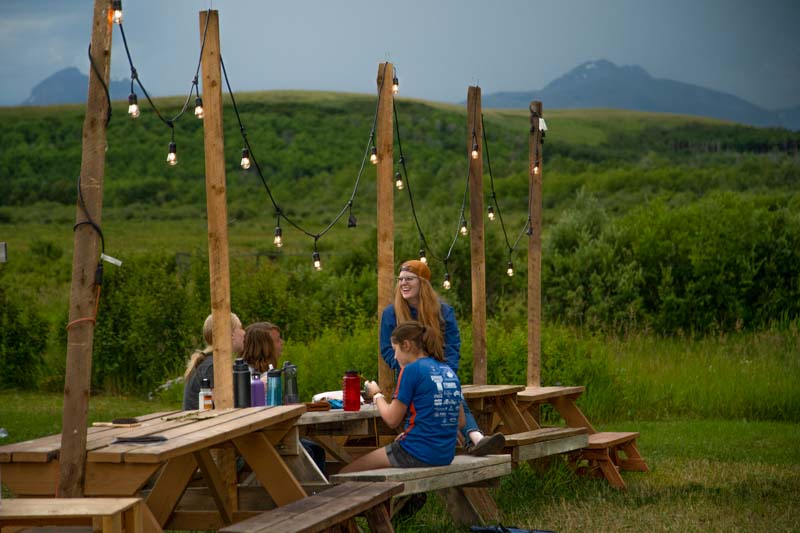
As a VISIONS teen volunteer, you won’t be staying in deluxe accommodations that are separated from the very people we wish to interact with throughout the experience. If you stay in a hotel, it’s only for a night or two during one of our excursions.
Instead, you’ll get to unpack and settle into your home away from home. In all of our locations, we live very much like local people do, and we are part of the fabric of daily life.
This also means that what we may take for granted at home—such as ample water for long showers or consistent electricity—may not be as reliable. This is the reality of life in many of our host communities, and in the end, it makes the experience more authentic and the memories more nostalgic!
Here are some things you can count on when settling into your VISIONS “homebase”:
-
- We live in rented homes, schools or community centers that are part of the community
- Gender-separated sleeping areas and leaders live with kids
- Our homes have social areas, kitchens, bathrooms, and showers
- The places we live are basic, but clean and comfortable
- Mattresses are provided, and participants bring their own bedding
- We do laundry once a week on programs longer than nine days
- Showers are generally short and every other day instead of daily
Our Homes by Program
Here’s a glimpse at our current homebases. Which one will you call home?
Dominican Republic
The D.R. is for anyone who wants a large dose of cultural engagement, and our living situation really “brings this home.” You’ll take up residence in a large house in a quaint neighborhood of Cotui, where neighbors all know each other and where you’ll have constant interactions with young kids, local teens and elders.
People live simply in Cotui, often with multiple family members sharing just a couple rooms. Much of the living takes place outdoors, where kids play and older folks visit on front porches and will be happy to meet you!
Our house is the largest on the block and it accommodates our entire group comfortably. There are multiple bunk rooms, bathrooms and showers. There’s running water and electricity (though the power is known to go out every once in awhile for a couple hours). There are plenty of fans— but no air conditioning, which would be too much of a contrast from outdoor temperatures, which are generally in the high 70s to low 90s (and most of our time is spent outside of the house).
Bunk rooms are pretty much just for sleeping; socializing happens in the common spaces, namely the large patio and front grounds. We have a kitchen, and most meals are eaten at tables on the front patio. As with all VISIONS programs, showers are every other day and we keep an eye on our use of resources. Shower water comes from rooftop tanks, where water warms up, though not enough to create true “hot showers”— we think you’ll find them refreshing! All water for drinking and cooking is purchased, bottled water.
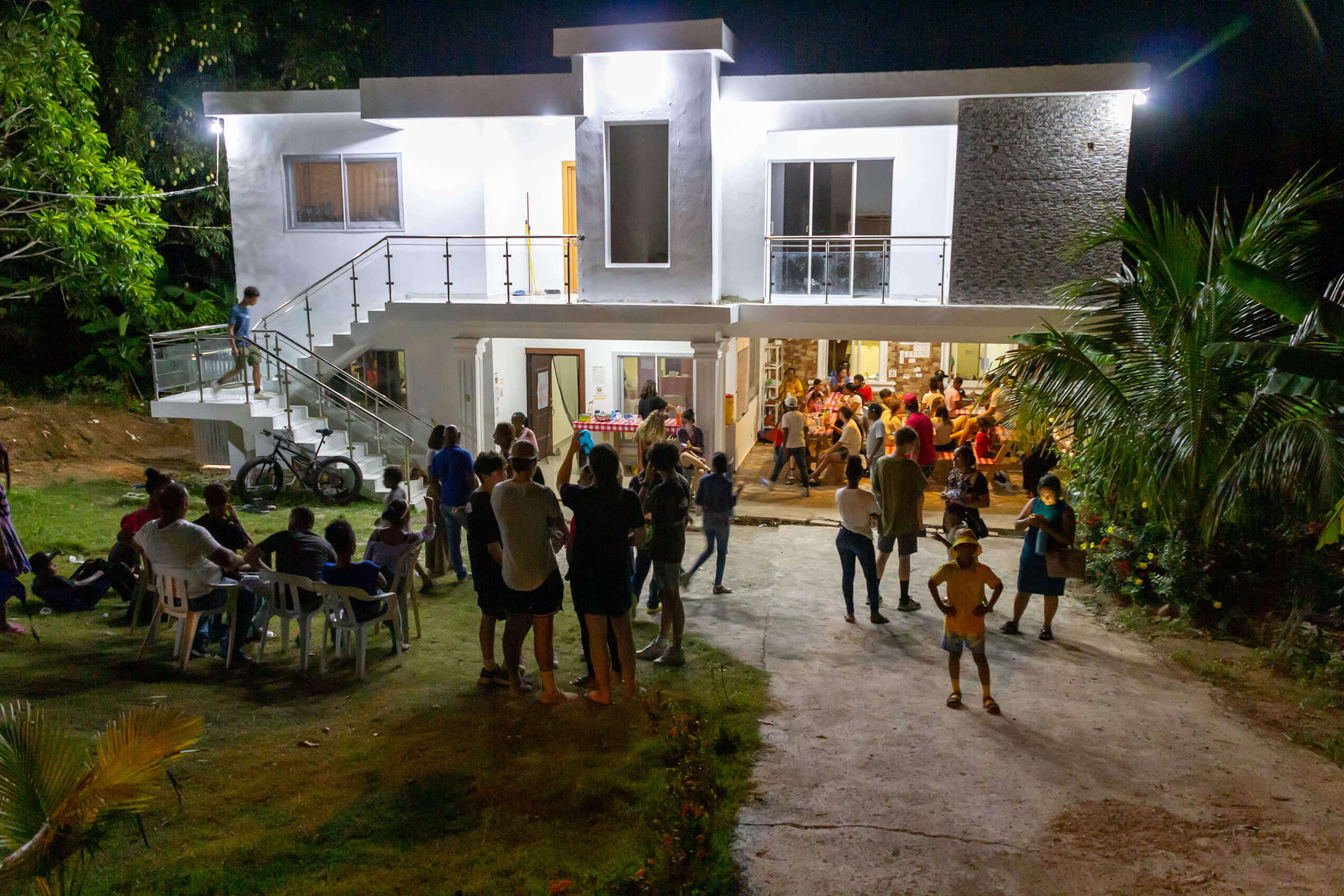
Peru
Similar to the D.R., we live in a large house in the heart of the community. Urubamba is the town we call home and days there have a regular tempo of agricultural commerce, little restaurants and shops. Unlike the D.R., our house doesn’t open into a neighborhood street scene where we actively engage with folks, as homes in Urubamba often are more enclosed with adobe walls that enclose a small central courtyard where we eat our meals and hang out.
Time with community members is spent at project sites, activities, and by heading to the Plaza Central, which is a hub of local activity. Local folks also often join us for meals at our place.
There are several bunk rooms, bathrooms with showers, a kitchen, and the courtyard is usually equipped with space for a small fire pit to gather around. Take note that the showers aren’t “hot,” but the water does go through a warming device so they also shouldn’t be cold. It can be a bit of an adjustment at first, but you’ll only be showering every other day and it’s a small sacrifice when taking in the surroundings and pleasures of living at the base of the Andes.
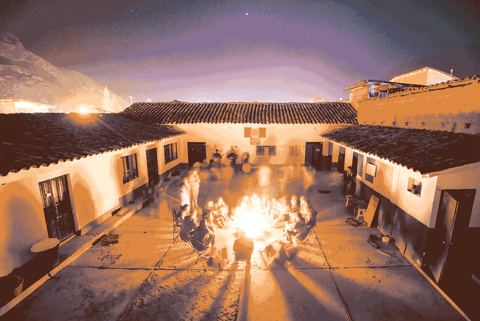
Montana Blackfeet Reservation
The Blackfeet Reservation is our one exception to living right in town, and instead we live on an amazing 1100 acre ranch known as Yellow Bird Woman Sanctuary. The ranch was named for the renowned Blackfeet leader, Elouise Cobell, who was a founder of the Blackfeet Land Trust that put the ranch into a large conservation easement.
Situated just six miles out of the main reservation town of Browning, we are fortunate to have the best of all worlds—easy access to our friends and local partners in town where most of our projects take place, but also incredible views and a connection to nature that we absorb while at the ranch.
As with all VISIONS programs, living conditions are basic, but comfortable. There’s a large bunk house divided into two big rooms, each with a shower. In order to protect the rare wetlands, we rent porta pots since a septic system cannot accommodate our group. The bathrooms are cleaned daily and emptied at least once a week. Not to worry, this isn’t a large outdoor event with overrun toilets—we have many, they are well maintained, and you’ll exit to views of the Rocky Mountains.
In addition to the bunkhouse, there’s a ranch house with a kitchen, living room and leader rooms. We also have historic outbuildings and barns, one of which has an enclosed area for the puppies that we foster each summer. Our homestead is at the end of a scenic dirt driveway that’s about a mile long, and which you will walk many times during the course of your time in Big Sky Country.
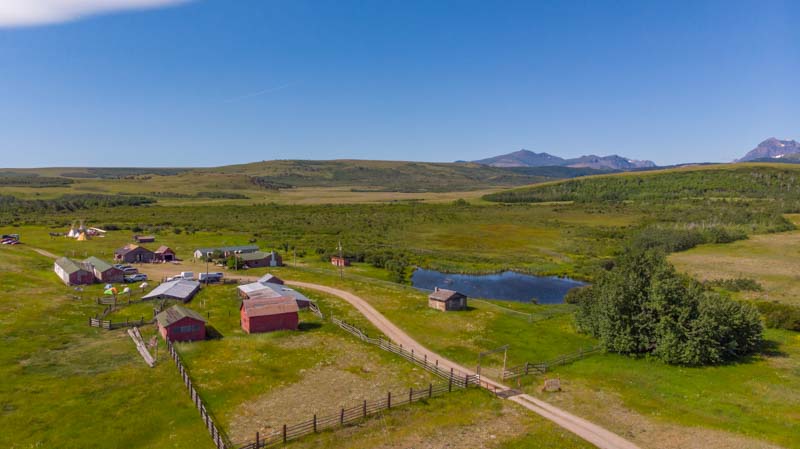
British Virgin Islands
We live in a community center on a hillside of the island of Virgin Gorda, where we overlook the Caribbean from all directions and where island breezes keep us cool mentally and physically.
The community center is part of St. Mary’s, a predominantly Afro-Caribbean Episcapalian congregation that has welcomed VISIONS groups for more than three decades. While VISIONS isn’t a religious organization, many of the churches on the islands are active with social services and community needs that we can take part in.
Accommodations are basic, so don’t sign up for our BVI program thinking that you are landing in the lap of tourism luxury! There are two different sleeping rooms with a mix of bunks and floor mattress (much thicker than camping pads). Bathrooms are modern and showers are some of our favorites across all program sites—two separate showers in a small concrete building that opens up to views of the sea. Rustic in the best of ways.
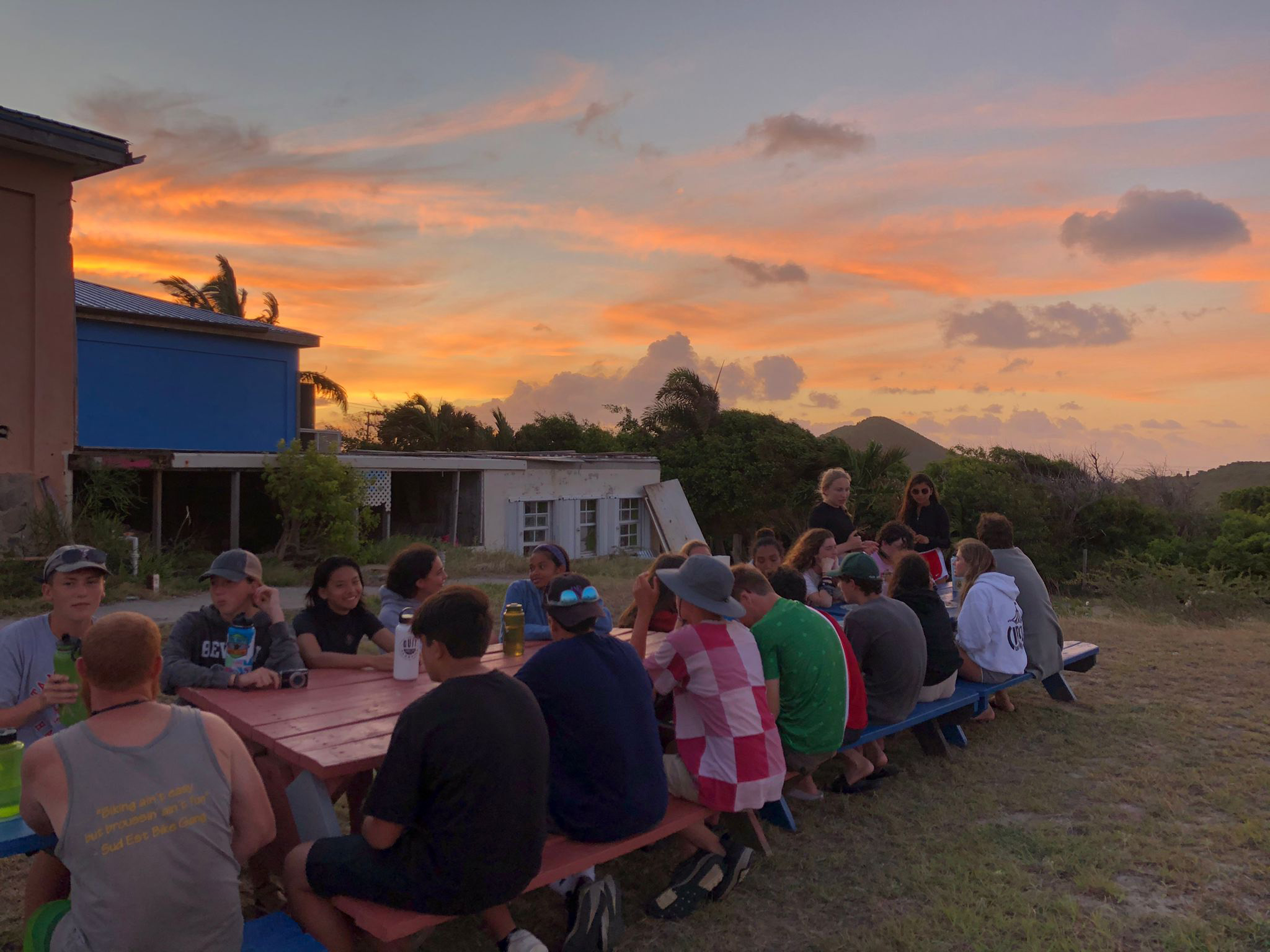
There’s also a modest kitchen and meals are eaten at outdoor picnic tables on the grounds of St. Mary’s. Our friends from the church often stop by to visit and our time there is with respect, gratitude, and adherence to cultural norms, which is part of why we insist on #VISIONSdresscode as well as appropriate language, a solid work ethic, and desire to connect.
No problem if those things aren’t quite your style, but they are so fundamental to VISIONS that they are included as part of our enrollment contract. There are plenty of other summer program options that are more along the lines of “voluntourism” if our approach to being in community isn’t for you. The “right fit” is important for everyone in our community-building focused programs.
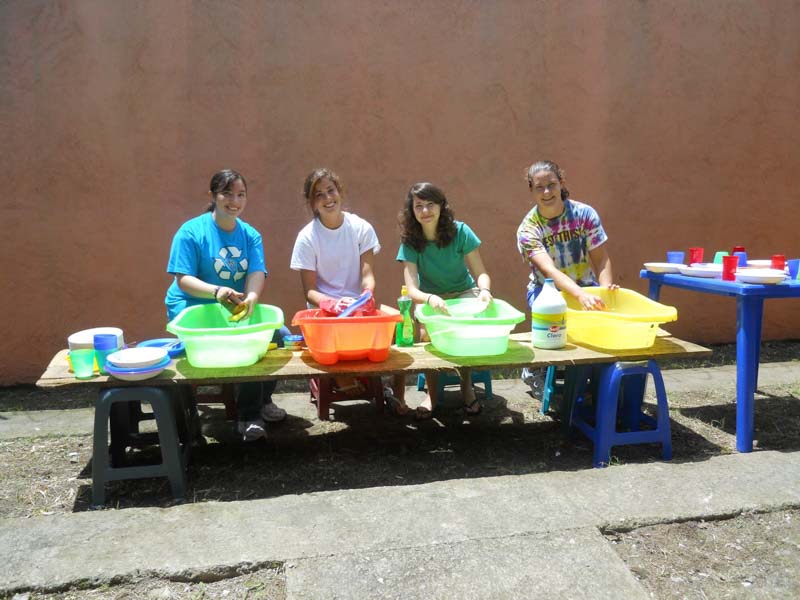
Recommended Posts
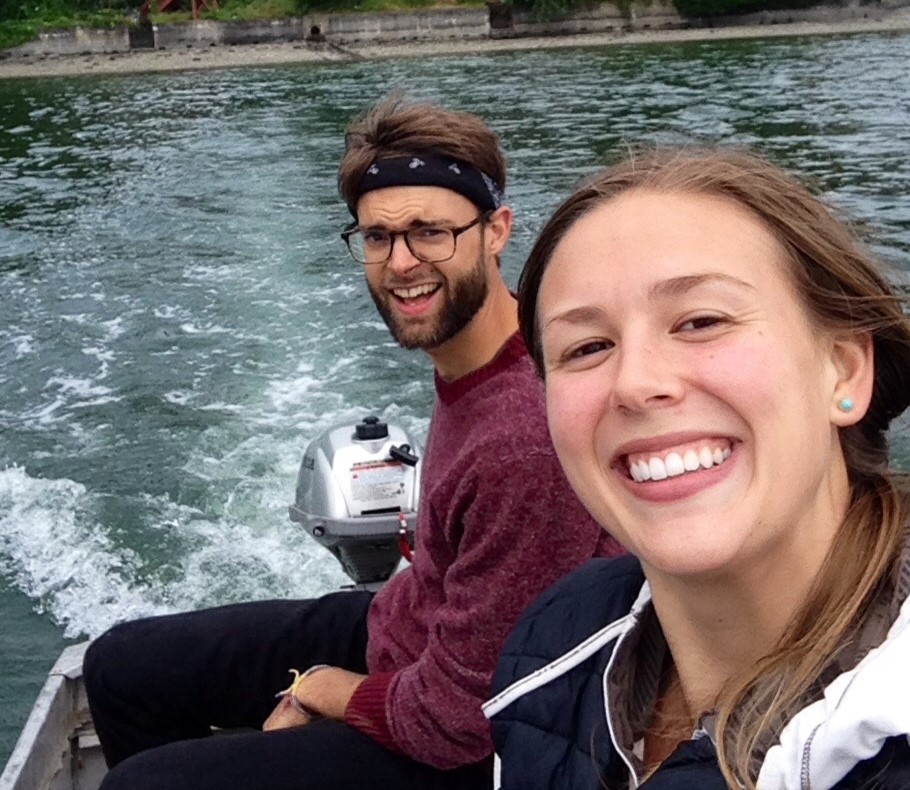
Nolan & Barry, A VISIONS Love Story
Nolan & Barry met during Leader Training in Bozeman before heading out to separate summer program locations. They were married just two years later. Now with two kids in Austin, they reflect on their journey with VISIONS, sharing insights on love, leadership and the impact of meaningful experiences.
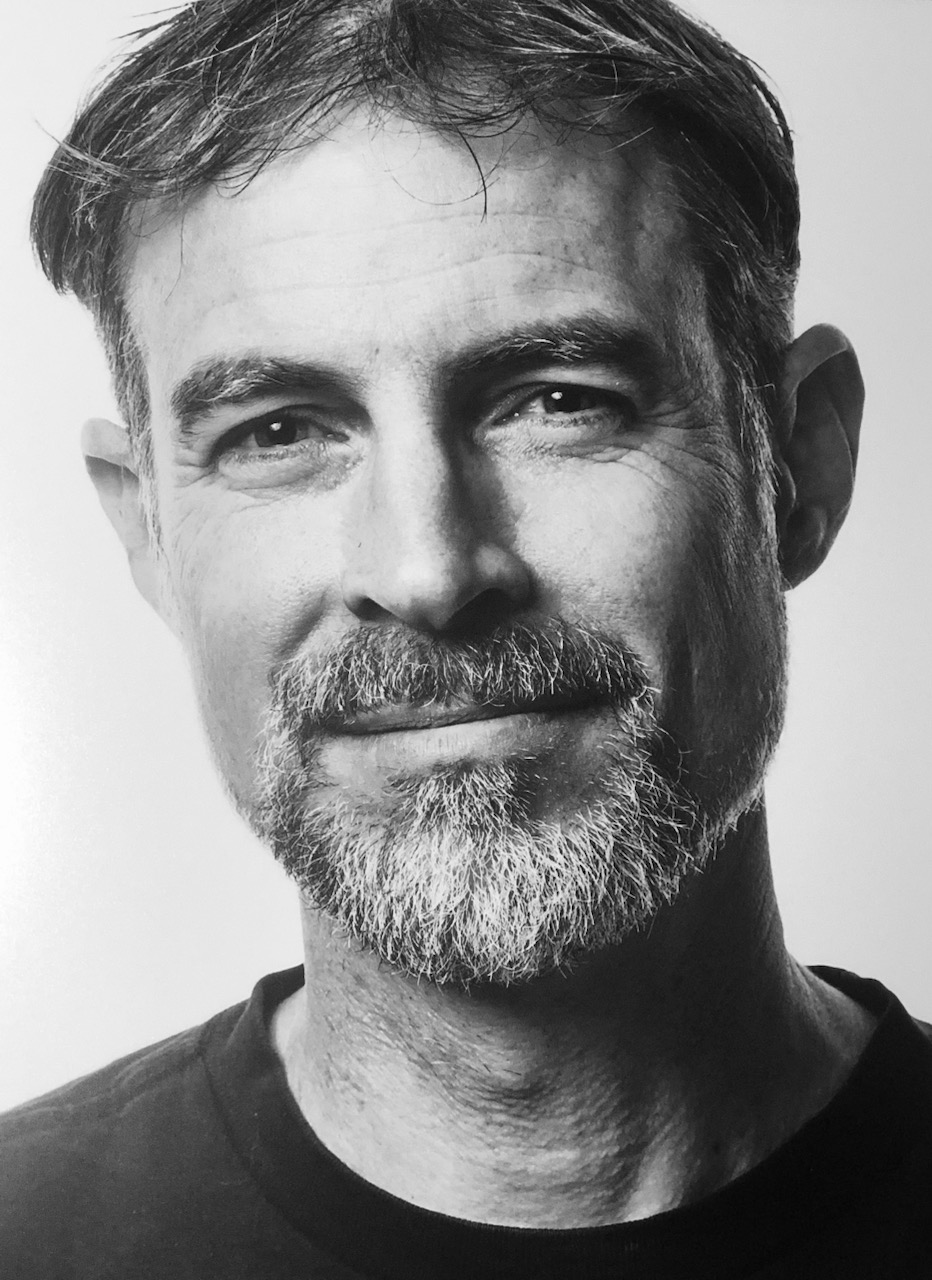
Spotlight: Greg Rolland, VISIONS Leader Alum
Greg’s passion for the outdoors and cross-cultural service culminated in becoming a leader on our first Alaska summer program in 1995. He looks back on the early days, projects they completed and people he met.
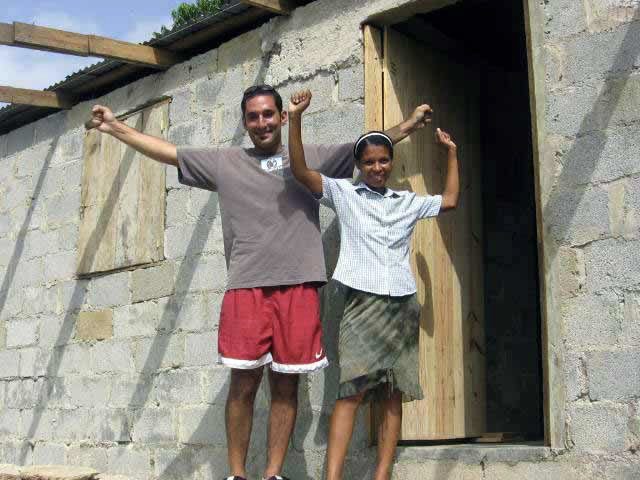
Looking Back on Service Projects of Significant Impact
Looking back on projects of significant impact: In the Dominican Republic, VISIONS teen volunteers, their leaders and community members start construction on a new home… just in time.
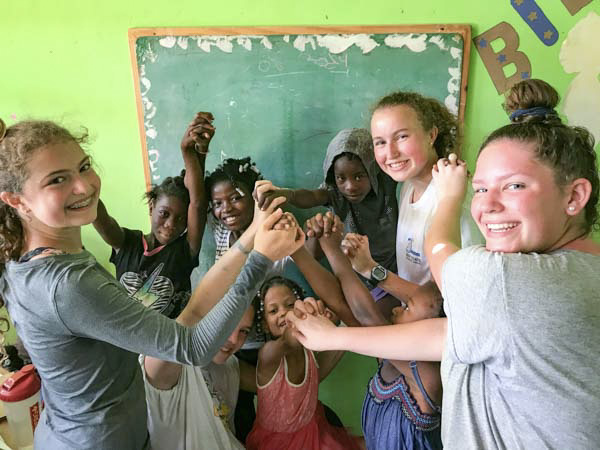
Your Impact Lives On
Since our inception in 1988, VISIONS continues to offer some of the best volunteer opportunities for high school students there are. Projects are ambitious and real, and have an impact that lasts on the community. And you—our alum—are part of that legacy.
